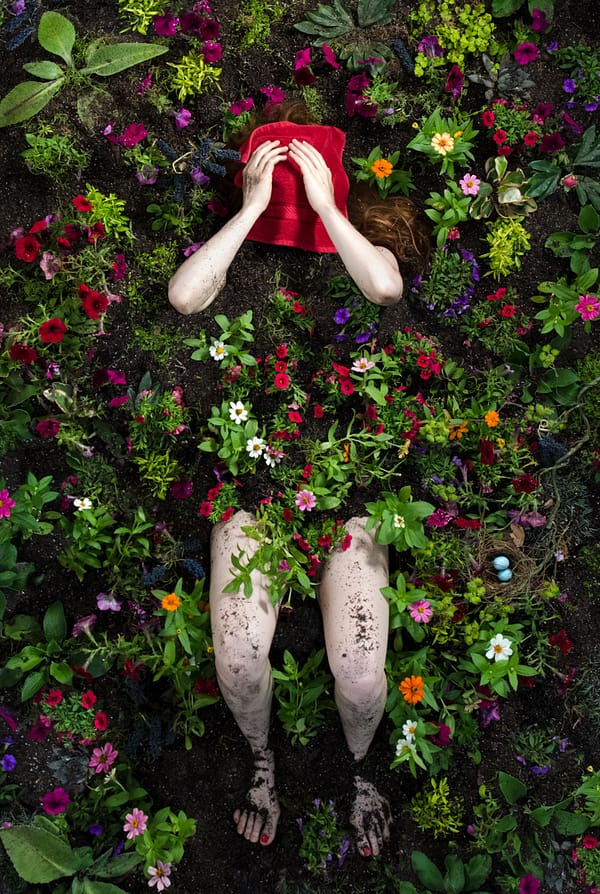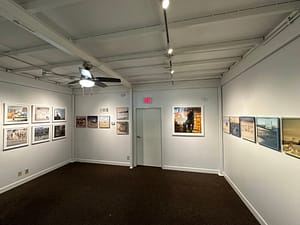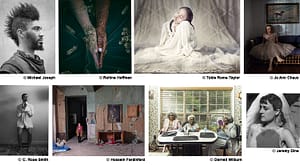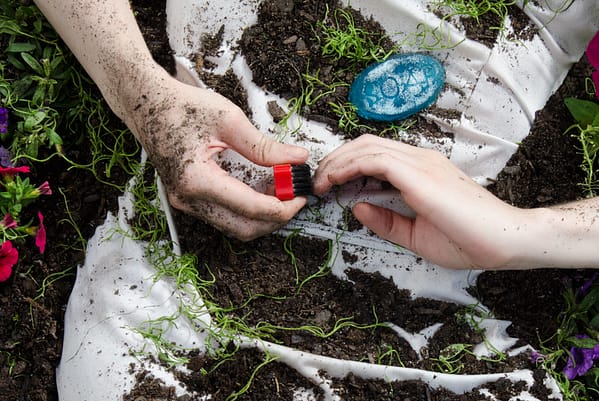
Cherie E. Truesdell grew up in Baton Rouge, Louisiana, but moved north after school for her first job. “I didn’t even last a year. I came right back to the South and landed just outside of Atlanta. I’m definitely a southern girl at heart. Nowadays, I live in Marietta with my husband, dog, and cat.” And she still draws on her roots for inspiration. “I was fortunate to grow up in Baton Rouge. Living in Louisiana gives you a real larger than life kind of feeling.” In her work, Truesdell strives to portray “the emotional and metaphysical nature of man, using symbols, color and narrative.” Truesdell was chosen by juror Sam Barzilay as one of six artists to be included in our annual Portfolio exhibition.
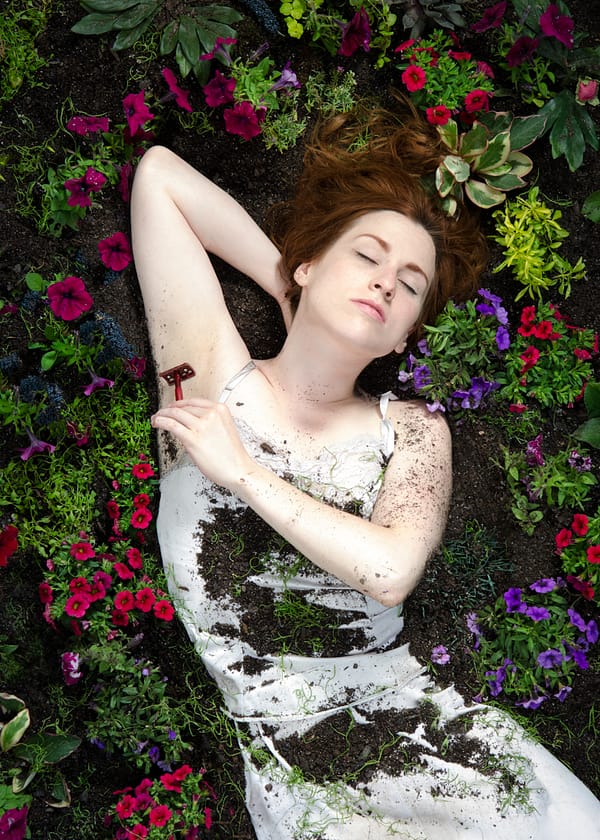
How did you first become interested in photography?
I was always interested in art but saw photography as primarily photojournalistic or documentary. It wasn’t until I found Flickr that I realized photography could be used to create dream worlds. Although it’s now possible to create anything you imagine with Photoshop, I’m still drawn to trying to create the image in real life. I enjoy the process of building the scene, finding props, casting models, etc.- maybe it’s because my mom was a drama and music teacher and I saw her create backdrops, write scripts, and sew costumes. There’s a real magic to seeing something you imagined come to life.
What role does religion play in your work?
I’m not a religious person, but I am a spiritual one. I grew up in a religious family and the concentrated focus on the brevity of life and the fallibility of man helped shape my world view and created themes I revisit in my art. The study of symbolism and metaphor in the Bible and, later in life, classic literature were essential in the development of my artistic language. I think in metaphors; it’s become second nature. As a science major I used to struggle for reconciliation with my belief in the divine. I no longer see a conflict between science and theology. I understand they are intertwined and complimentary. It may be a paradox but humans strive to understand the rules of the universe as much as they yearn to experience the mysterious and enigmatic.

In your artist statement you say that it is your “Personal belief that humans are fragile, blind, and irreparably flawed yet eternally hopeful in the midst of a hostile world.” Who or what is the hostile world? Or is nature also fragile and irreparably flawed?
Great question! While each individual organism may be fragile, nature itself is pretty resilient. Life will continue on this planet long after humans have choked themselves out of existence. However, nature can be cruel and so can life. As humans we struggle to understand ourselves and our place in the world. We make mistakes, we struggle to connect, and we often harm ourselves and those around us. Even so we continue trying to improve, to make a positive difference, to create something permanent in an impermanent world. That type of perseverance requires optimism.
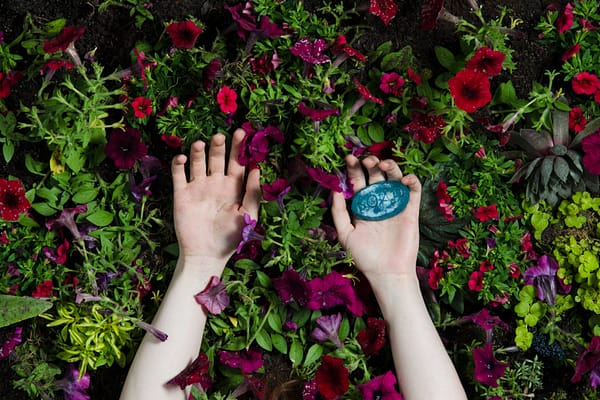
In many of the photos in your series Dirt, a girl is undertaking some form of personal hygiene, while half-submerged in earth. Do you think we, as humans, can ever be clean? Or is this a futile endeavor? Or is cleanliness even the point?
No, I don’t think we as humans can ever make ourselves “clean,” but that doesn’t make the effort a futile endeavor. The process of growing, struggling, failing, and beginning again are part of the journey. Cleanliness isn’t the point but metamorphoses.
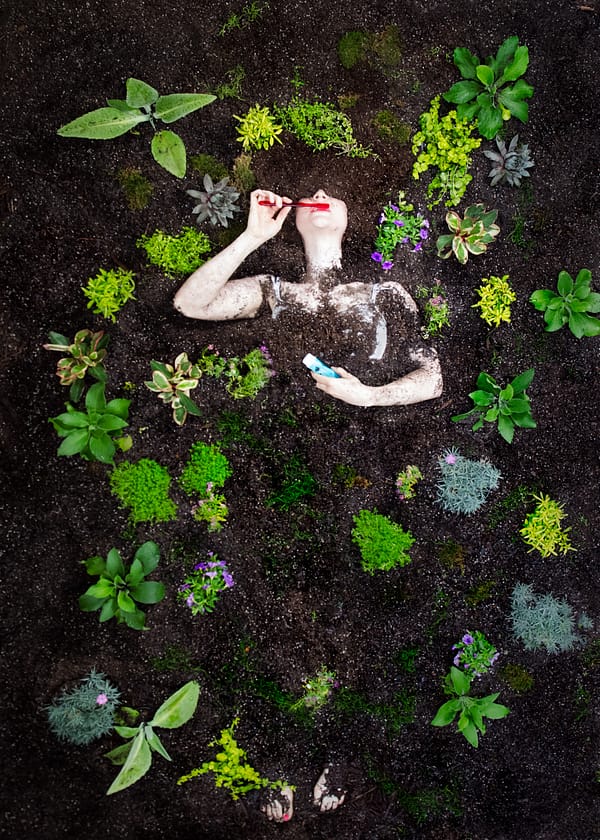
What is a memorable response you’ve had to a photograph you’ve made?
Directly after shooting the series Milk, I went through the images on my computer. There is one image from that series in which a girl dressed in white holds a nest of tangled metal in front of her face. When that image came up, I got a little teary-eyed. It was exactly the kind of image I’d always wanted to make. It was a wonderful and overwhelming feeling. I called my husband over to show him. Rod is my biggest cheerleader and most constant supporter but he isn’t exactly into art. His response was “I don’t get it.” It still makes me laugh thinking about it! I mean how can you explain why a girl would be holding a bunch of metal in front of her face while floating in milk?
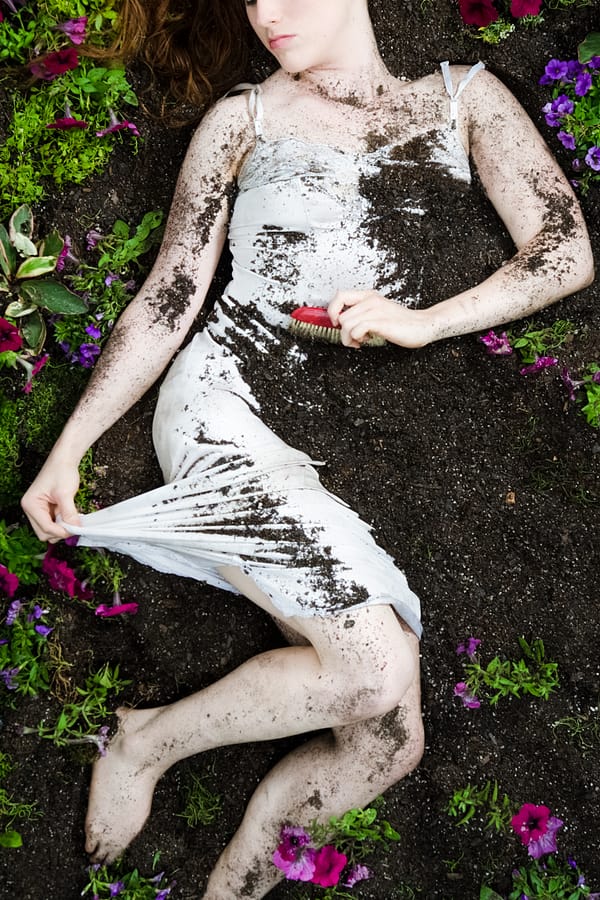
Do you know around what themes your next project will center?
My next project will focus on the social isolation created by growing up in the digital age. I think we can all agree that people seem more restless and less content than in the past. Although several studies link happiness to meaningful, long-term relationships, it’s easy to skip a phone call in lieu of a text or substitute Facebook friends for messier, time-consuming, face-to-face friendships. I’m glad I grew up in an age where we played outside with our friends and talking on the phone was the extent of our social technology. I haven’t started shooting the series yet but I’ve assembled most of the props and lined up my young models. I’m hopeful to start shooting within the next month.
How can people see more of your work?
My first two series Milk and Dirt can be seen at cherietruesdell.com, and select pieces can be viewed in person at gallery43 in Roswell, Georgia and gallery43.2 in Marietta Square.

